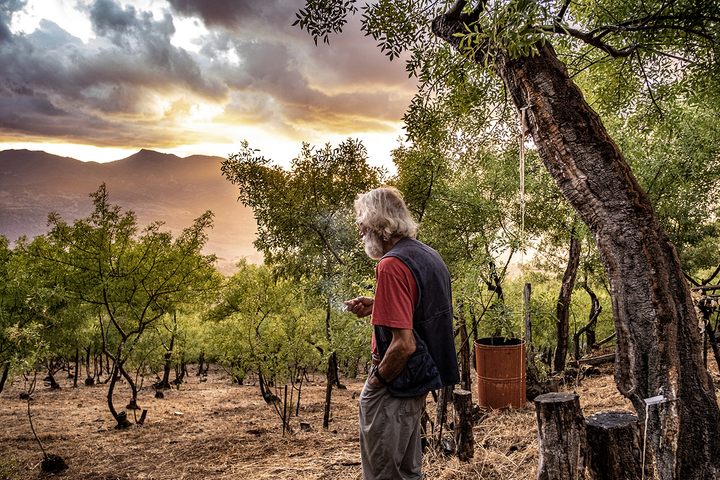

The Mountains Where Manna Flows From Trees
Giulio Geraldi brought cultivation of the sweet stuff back from the verge of extinction.
Giulio Gelardi walks from tree to tree, making precise incisions on each one with a billhook. He’s surrounded by 100 acres of ash trees, and each cut reveals white sap that also coats fishing lines he has hung from collection points on the branches. Overnight, the sap dries into stalactites that Gelardi plucks and places in a basket. Dark clouds roll in above. “If it rains too much, it could mean the end of the season,” he explains. “I don’t mind; it’s part of the game and part of being tied to the land.”
For centuries, scholars have debated the origins of manna, the mysterious, edible substance that the Bible describes God providing for the Israelites during their travels through the desert. But in Pollina, a region in the Madonie mountains of Sicily, there is no question about it: Manna is the sap of a narrow-leaf ash tree called Fraxinus angustifolia. In August, the creamy white substance is collected and used as a sweetener. Though its cultivation is limited to a tiny swath of land and a handful of producers, Gelardi is fighting to save this ancient tradition, and has been ever since he brought it back from oblivion 40 years ago.
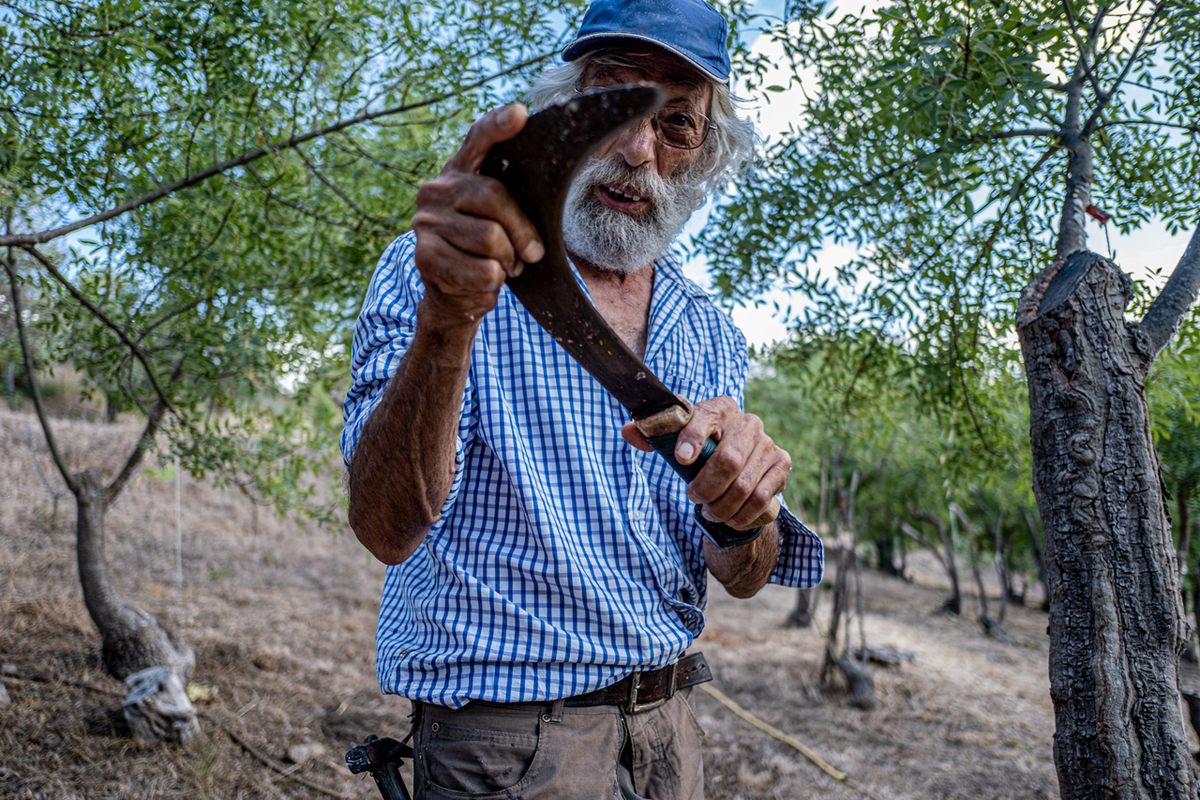
Gelardi’s family is among the last bearers of a trade whose presence in Sicily dates back to the ancient world. The Greeks and Romans knew manna by the name of “honey dew” or “secretion of the stars,” and they prized it for its sweetness and laxative properties. Cultivation was introduced to Sicily around the ninth century by the Arabs, who considered it a luxury food with divine properties. By the 18th century, Sicily was a primary producer of manna and remained so until the 1950s, exporting most of it to the pharmaceutical industry, which in turn extracted mannitol from it and sold it as a laxative. By then, cheap sugar from the Americas had all but relegated manna’s use as a sweetener to traditional bakeries in the area. With the discovery of synthesized mannitol after WWII, and younger generations leaving their family farms for work in the cities, production steadily fell until the 1980s, when it essentially faced extinction.
Gelardi had left his native village by then to travel Italy as a working photographer. On a visit home, he saw his family’s way of life disappearing. “We were one of three families who had held on till the very last moment.” At that point, he says, the cost of cultivating manna was far higher than the return. “I knew I had two choices: Let the culture of manna go extinct, and with it, 80 years of my father’s life and his father before him, or come back to try to save it. I chose to come back.”
It was an uphill battle. At the time, manna had almost no value on the market. “I knew that this was a nutritious product, but I needed proof,” Gelardi says. So he contacted the Department of Agriculture at the University of Palermo and convinced them to run tests. The results confirmed his suspicions: Manna had excellent expectorant, digestive, and laxative properties, and contained beneficial minerals and vitamins. Most importantly, they found that it was incredibly low on the glycemic index, which could make it a substitute sweetener for diabetics. Armed with proof of its nutritious qualities, Gelardi began selling the product at farmer’s markets, to small bakeries, and to herbalists.
“Unfortunately, those early days were a disaster,” he says. He needed to at least quadruple the productivity of the trees to make it viable, and the sweet, sticky sap attracted insects. “I would pick the insects out by hand,” Giulio says, “but I didn’t realize that some were laying eggs in the manna.” Once, he took a box full of manna to a famous herbalist who ran an ancient apothecary in Palermo, and when he opened it, termite hatchlings flew out. “He could have lost his whole store to that little Pandora’s box,” says Gelardi.
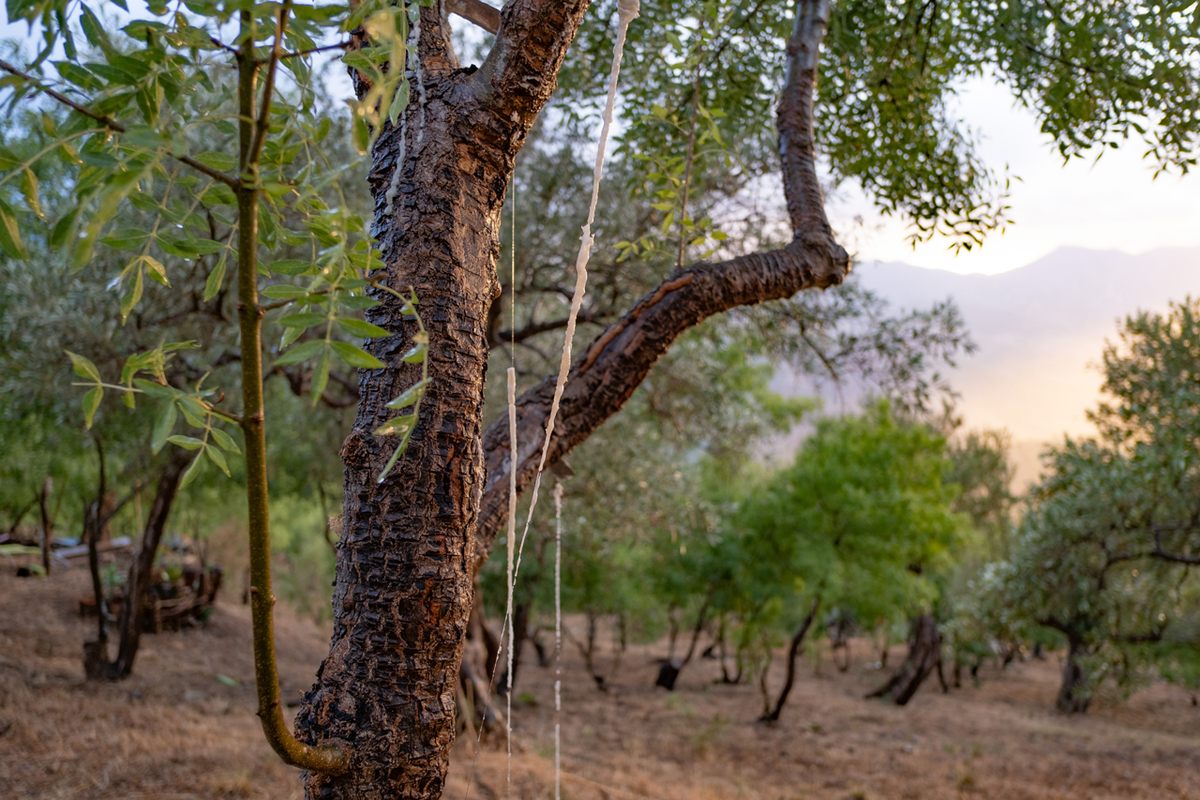
Back in his family’s grove, Gelardi tinkered with methods to make the trees more productive. One day he tied a fishing line to a manna stalactite before going to bed, and when he woke up the next morning, running along it was the largest, purest piece of manna he had ever seen. His yield multiplied, too, since the line’s sturdy structure allowed more sap to bleed out from the trunk without blocking the openings. Instead of collecting once a week, he was able to do it daily. He eventually solved the termite problem, too, by freezing the crystalized manna and then drying it in the sun.
“I helped friends and neighbors jump back in and rescue our heritage,” says Gelardi. “I shared my tips and methods.” They formed a collective, and a market for manna slowly developed. Now it is among the most valuable agricultural products in Sicily, selling for as much as 2,000 Euro per kilo ($1,080 per pound).
Top Sicilian chefs have even started to prize manna, so Gelardi has focused on quality. “I began to study the environment—I picked up on its secret language,” he says. He has learned to read when the trees are ready to produce the best manna, for example, by the way they angle their leaves. “There are hundreds of signs the trees give about their physical state of being,” he says. “Ash trees love music, so if the cicadas don’t sing, the trees won’t produce great manna.”
Gelardi is 70 years old, three out of four of his fellow cultivators are in their 80s, and manna is still little known outside of Sicily. But Giulio believes the world will catch up soon. In the meantime, he’s developing tinctures, powders, and creams for local shops and selling pure manna in bulk to devout buyers such as Fiasconaro, an artisanal bakery in Castelbuono that makes a Panettone drenched in manna.
When I ask if his manna is the one referenced in the Bible, Giulio laughs. “As you can imagine, it’s a source of much debate in these parts,” he says. However, the biblical descriptions of manna being “like coriander seed, white” with a taste “like wafers made with honey” are consistent with Giulio’s product. Did it come from heaven? If we consider the phrase allegorical, then yes, it comes from up high and drips down onto the ground. Could it have sustained a generation of Israelites for months and helped them survive harsh conditions? Maybe. People have survived on less nutritious foods. By all accounts, if this is not the very same manna described in the Bible, it might as well have been.

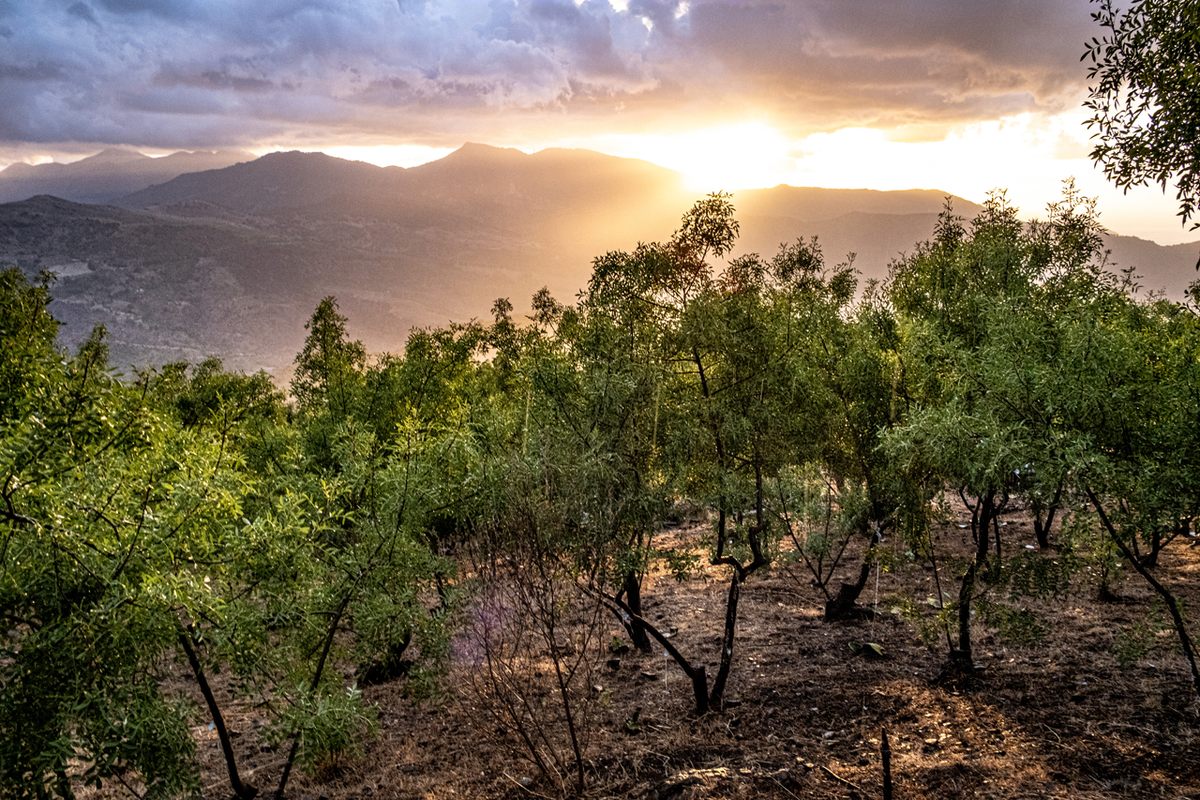
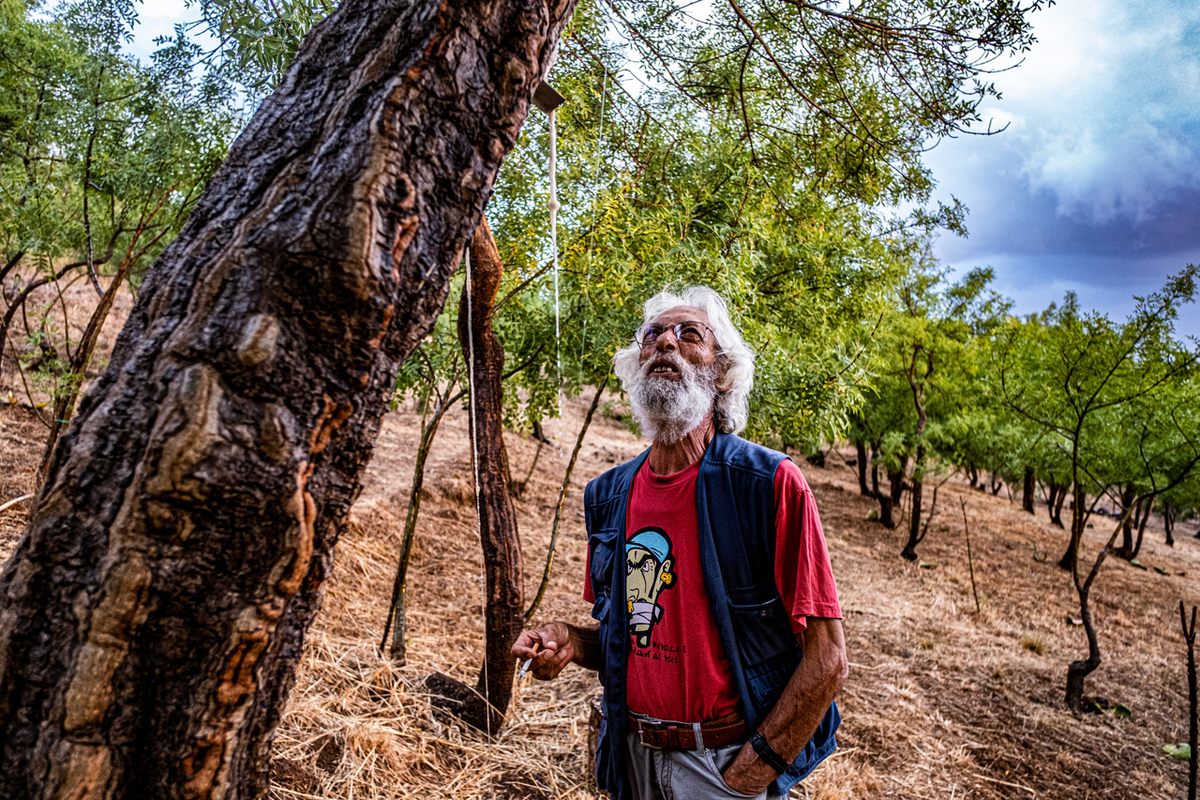
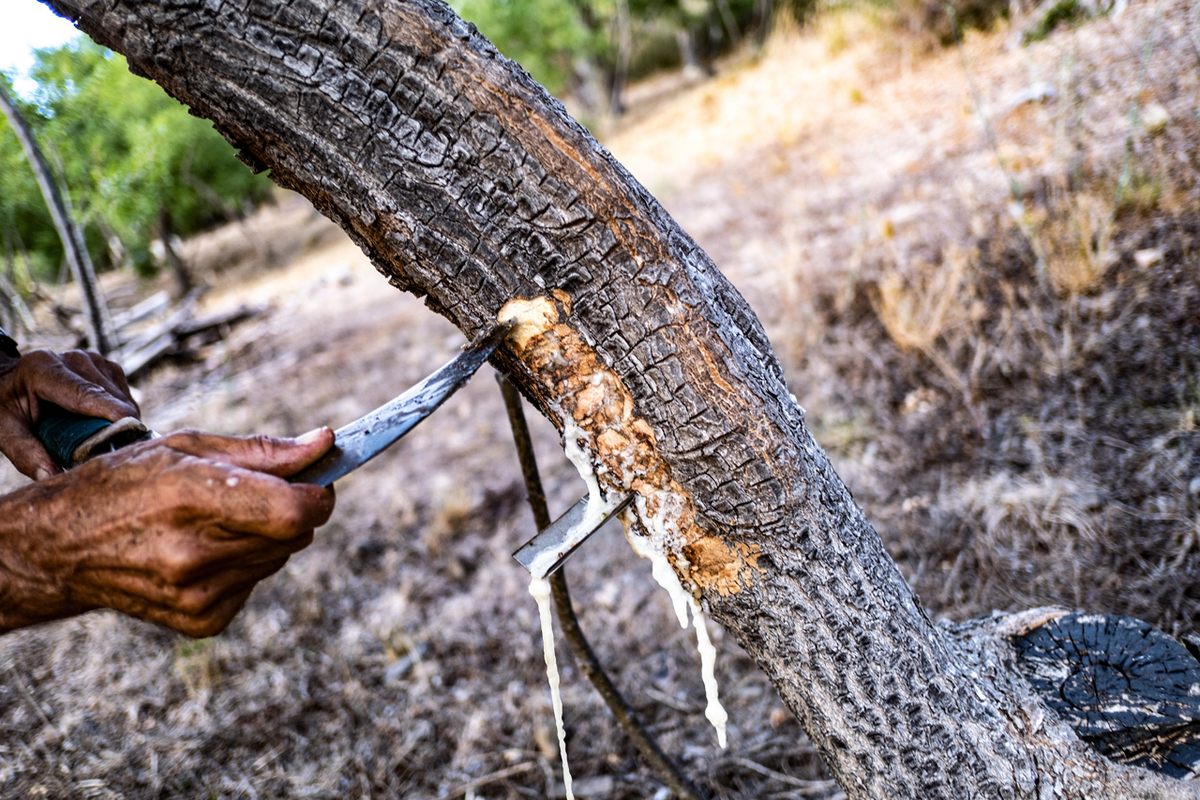
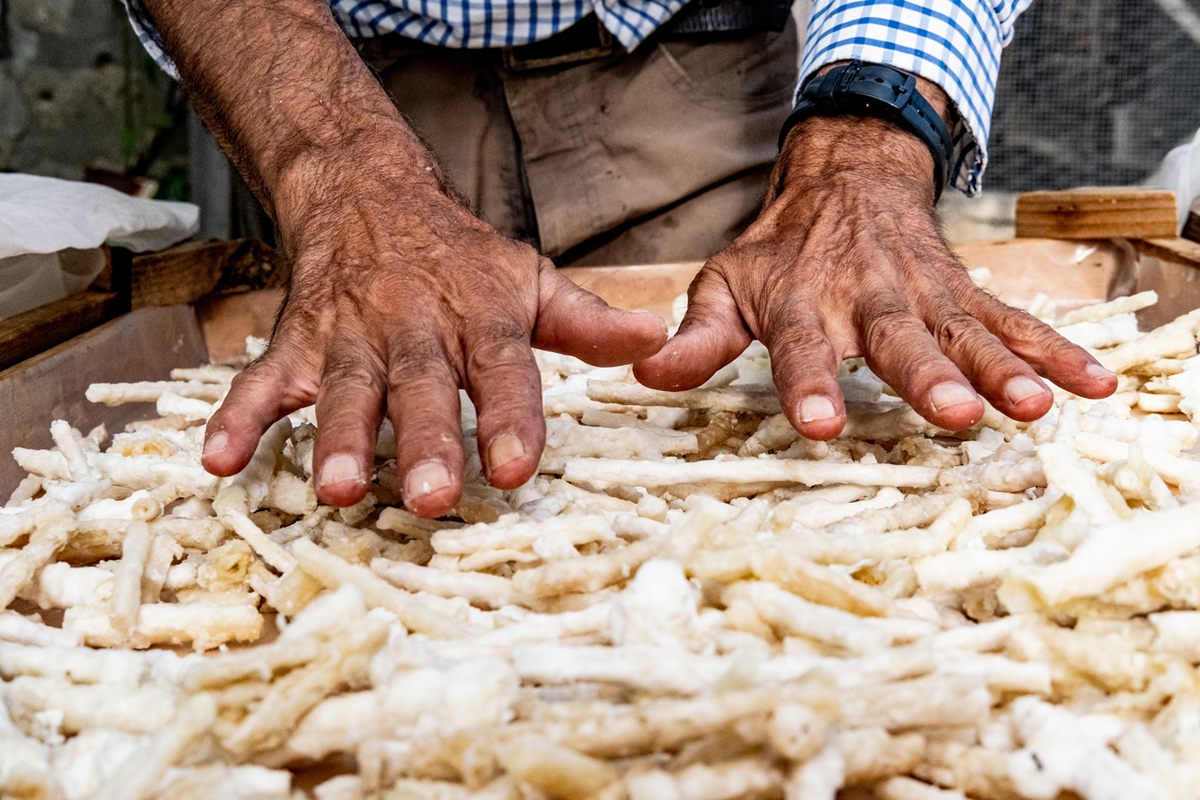

Gastro Obscura covers the world’s most wondrous food and drink.
Sign up for our regular newsletter.



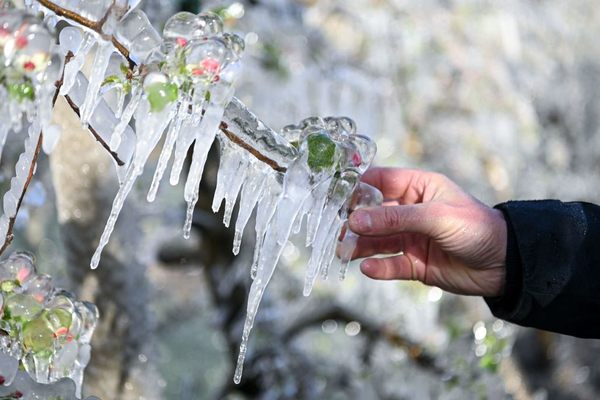

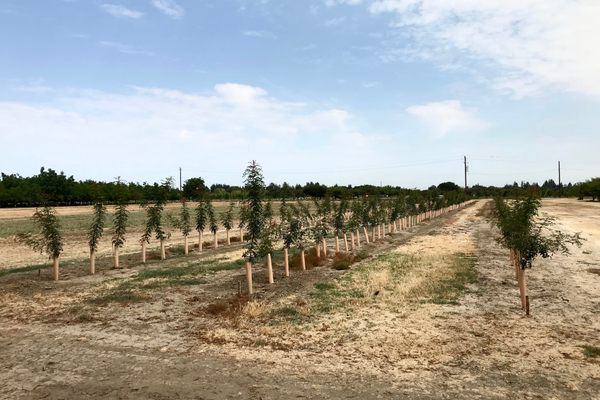























Follow us on Twitter to get the latest on the world's hidden wonders.
Like us on Facebook to get the latest on the world's hidden wonders.
Follow us on Twitter Like us on Facebook